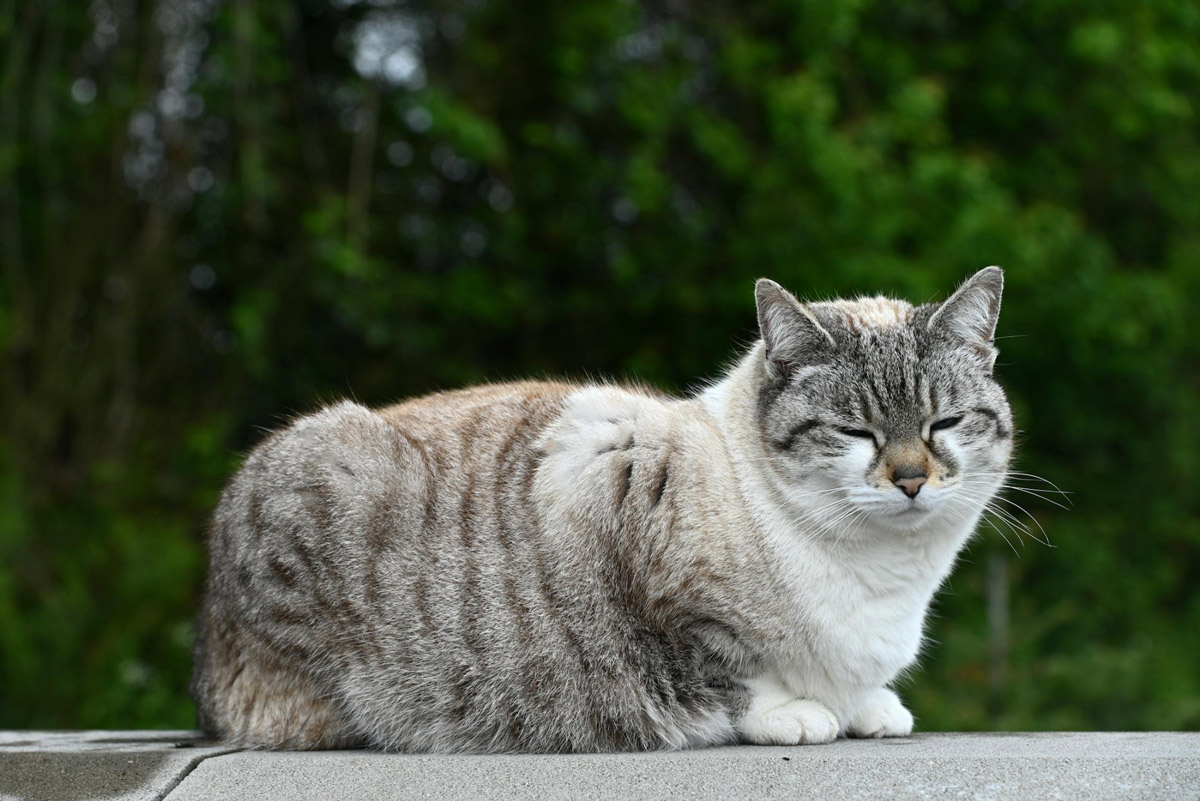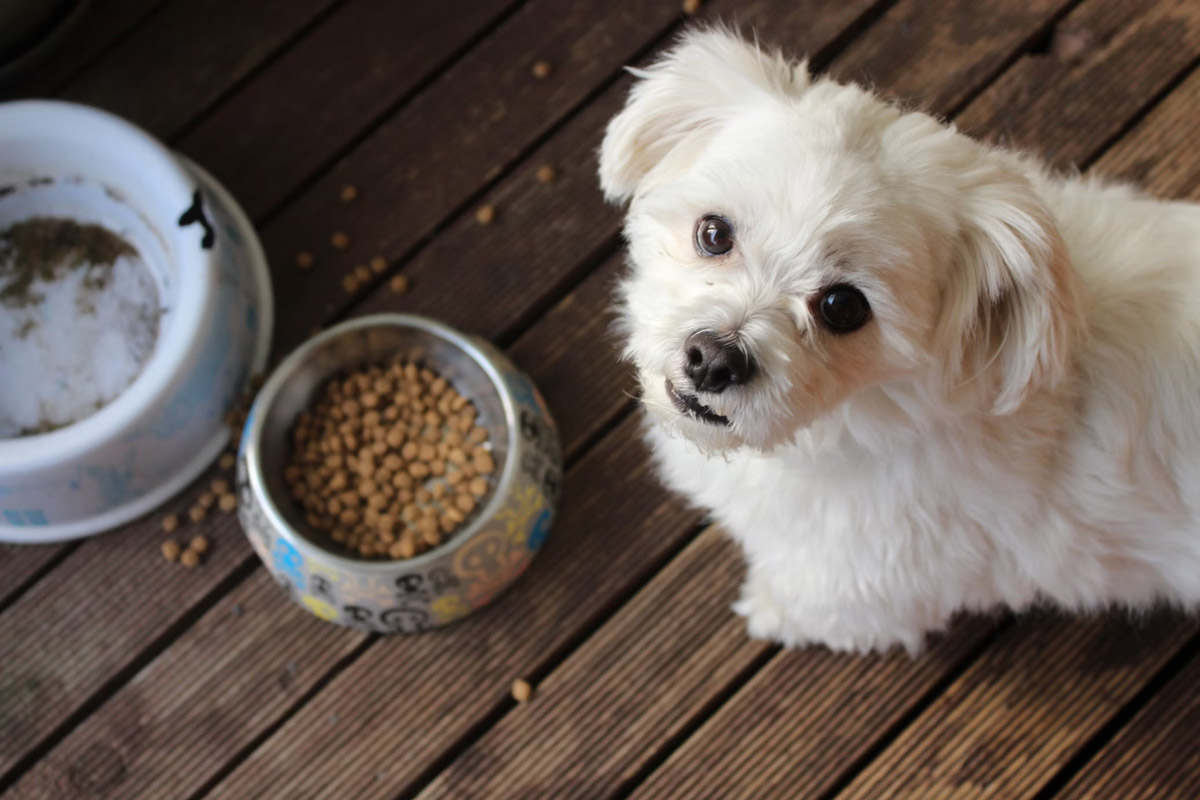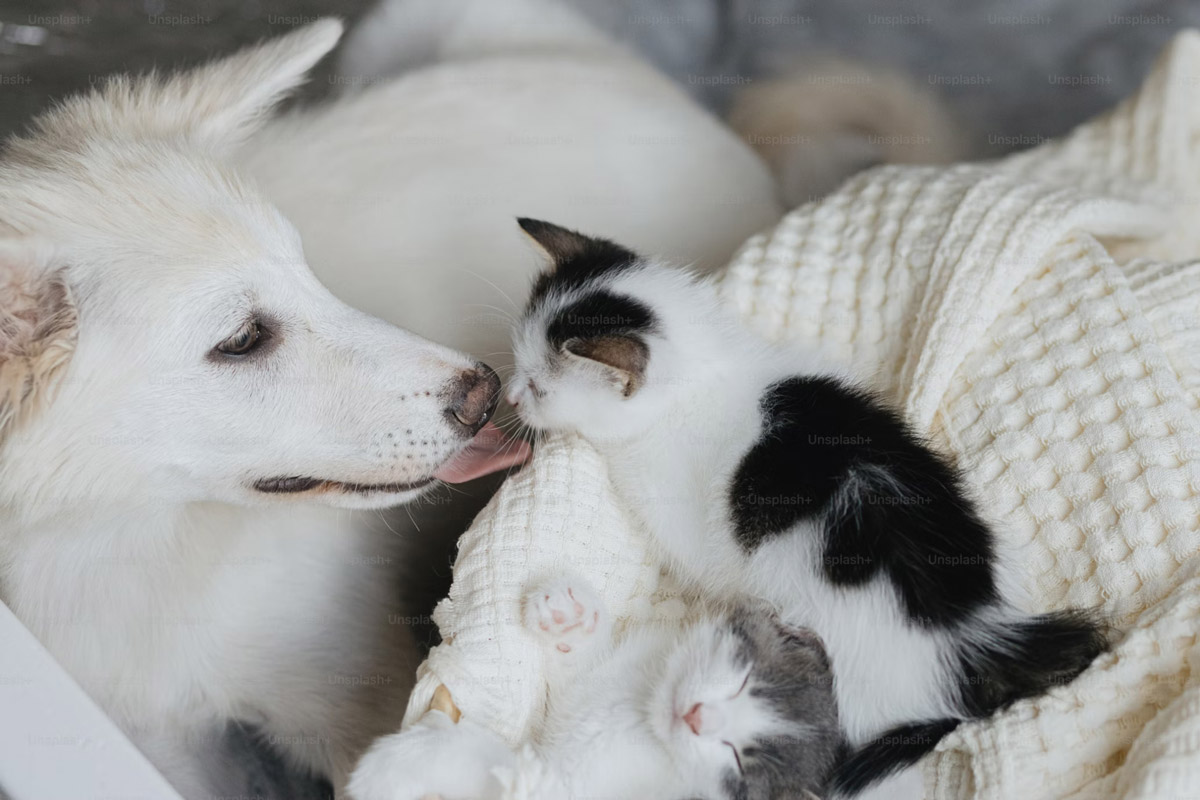The Dangers of Pet Obesity: Understanding Weight Management

Source: Pexels
At first glance, a “chonky” pet might look cute, but excessive chubbiness can be dangerous, significantly reducing its quality and lifespan. This article will explore the dangers of pet obesity, the signs to watch out for, and some practical tips for managing your pet’s weight.
The Dangers of Pet Obesity

Source: Unsplash
- Reduced Lifespan: Obesity can shorten a pet’s lifespan by up to two years. The excess weight strains the body, particularly the heart, lungs, and joints, decreasing overall vitality and longevity.
- Joint Problems and Arthritis: Carrying extra weight puts additional stress on your pet’s joints, increasing the risk of arthritis and other joint-related issues. This can lead to pain, decreased mobility, and a reluctance to engage in physical activity.
- Heart Disease: Obesity is a significant risk factor for heart disease. The extra fat tissue requires more blood to supply it with oxygen and nutrients, which means the heart has to work harder. This can lead to high blood pressure and heart disease.
- Diabetes: Overweight pets are at a higher risk of developing diabetes mellitus. Excess body fat can affect the body’s ability to regulate blood sugar, leading to insulin resistance and, ultimately, diabetes.
- Respiratory Issues: Excess weight can compromise respiratory function. The added fat around the chest and abdomen makes it more difficult for the lungs to expand fully, leading to shortness of breath and decreased stamina.
- Decreased Quality of Life: Obesity can limit your pet’s ability to enjoy activities they once loved, such as running, playing, or even climbing stairs. This can lead to a decrease in overall happiness and well-being.
- Increased Risk of Cancer: Some studies suggest that obesity may increase the risk of certain types of cancer in pets.
Signs of Pet Obesity

Source: Unsplash
- Difficulty Feeling Ribs: When you run your hands along your pet’s sides, you should be able to feel their ribs without pressing hard. If you can’t, it may be a sign that your pet is overweight.
- Lack of a Defined Waist: You should be able to see a defined waist behind the ribs. If the body is straight or bulging, it could indicate obesity.
- Abdominal Sagging: An overweight pet often has a sagging abdomen. When viewed from the side, there should be a noticeable tuck-up after the ribcage; if not, your pet might be carrying excess weight.
- Difficulty Moving or Exercising: If your pet is reluctant to move, play, or seems to tire quickly, these can be signs of obesity. Overweight pets often have reduced energy levels and stamina.
- Frequent Panting: Overweight pets may pant excessively, even after minimal exercise. This can be a sign that they are struggling with the extra weight.
- Changes in Behaviour: Obese pets may show changes in behaviour, such as irritability or depression, due to discomfort or pain from carrying extra weight.
Tips for Managing Your Pet’s Weight

Source: Unsplash
- Consult Your Veterinarian: Before starting any weight loss program, consult your veterinarian. They can provide a comprehensive health assessment and recommend a safe and effective weight loss plan tailored to your pet’s needs.
- Measure Food Portions: Use a measuring cup to ensure you’re feeding your pet the appropriate portion size. Overfeeding is a common cause of obesity. Follow your vet’s recommendations for the right amount of food based on your pet’s age, weight, and activity level.
- Choose a Healthy Diet: Opt for high-quality, nutritionally balanced pet food. Some pet foods are specifically formulated for weight management, providing essential nutrients while being lower in calories.
- Limit Treats: Treats should make up no more than 10% of your pet’s daily caloric intake. Opt for healthy, low-calorie treats, and consider using fruits and vegetables like carrots or apples as alternatives.
- Increase Physical Activity: Encourage regular exercise to help burn calories and maintain muscle mass. For dogs, this can include walks, fetch, or agility training. For cats, engage them with interactive toys, laser pointers, or climbing structures.
- Regular Monitoring: Weigh your pet regularly and keep track of their progress. Small, consistent changes are more sustainable and healthier than rapid weight loss. Your veterinarian can help set realistic weight loss goals.
- Create a Feeding Schedule: Stick to a consistent feeding schedule rather than free-feeding. This helps regulate your pet’s metabolism and prevents overeating.
- Monitor Behaviour and Adjust: Pay attention to your pet’s behaviour and adjust their diet and exercise regimen as needed. If your pet seems hungry or isn’t losing weight, consult your veterinarian for adjustments.
- Enrichment Activities: Mental stimulation can also aid in weight management. Puzzle feeders, training sessions, and new toys can keep your pet engaged and active.
- Family Involvement: Ensure that everyone in the household is on board with the weight management plan. Consistency is key, and mixed messages or extra treats from family members can undermine efforts.
Keeping Your Pet Happy and Healthy

Source: Unsplash
Pet obesity is a serious issue that requires attention and proactive management. Understanding the dangers of obesity and recognising the signs early can prevent numerous health problems and extend your pet’s life. By working closely with your veterinarian and implementing practical weight management strategies, you can help your pet achieve and maintain a healthy weight. This not only enhances their physical health but also improves their overall quality of life, allowing you to enjoy many happy and active years together.
Join Clubpets at Singapore’s cat expo—mingle with like-minded pet owners and get involved in the fun activities planned. Reach out to us for more information.







